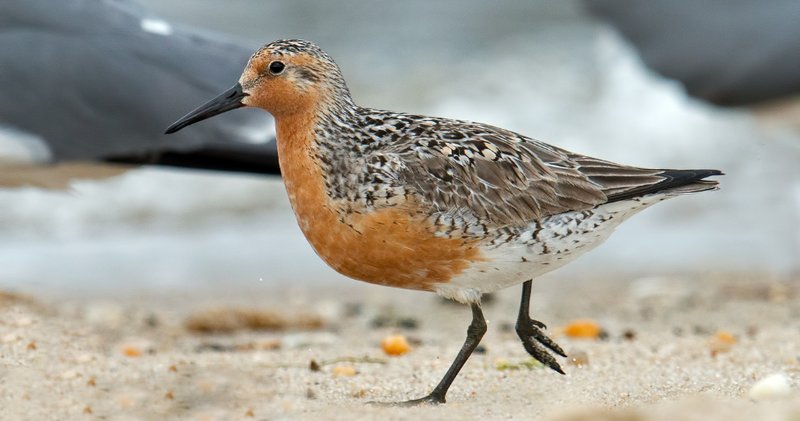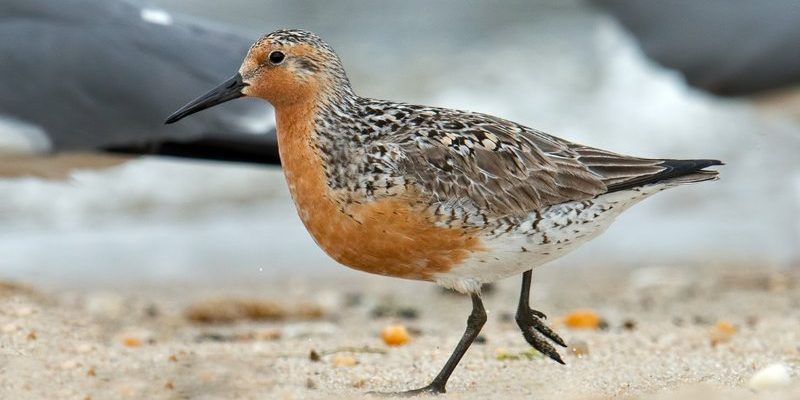
Conservation efforts for the Rhode Island Red are like tending to a garden. You have to nourish the plants, protect them from pests, and ensure they continue to bloom. In this case, we’re not talking about flowers but a valuable breed of chicken that contributes to biodiversity and local agriculture. Let’s dive into why protecting the Rhode Island Red matters and what initiatives are being taken to ensure its survival.
Understanding the Rhode Island Red
The Rhode Island Red is a breed that originally came from the United States in the late 1800s. Known for its beautiful reddish-brown feathers and strong foraging ability, this breed has a reputation for being friendly and robust. They’re not just pretty to look at; they are hardy birds that can lay a substantial number of eggs. In fact, they can produce around 200 to 300 eggs per year!
What makes them particularly interesting is their adaptability. They thrive in different climates and can handle a range of living conditions. This adaptability is a big plus for farmers and homesteaders alike. You might be wondering why such a versatile bird is in need of conservation. Unfortunately, their numbers have been declining, overshadowed by commercial breeds that are bred primarily for egg production.
Keeping the Rhode Island Red alive is essential not just for maintaining genetic diversity but also for supporting sustainable farming practices. With the growing movement towards local and sustainable food systems, the Rhode Island Red represents a connection to our agricultural roots.
The Decline of the Rhode Island Red
Like many heritage breeds, the Rhode Island Red is facing a decline. The rise of industrial farming has led to a focus on a few high-yielding breeds, which often means neglecting those with a rich historical background. This is where the problem lies. With fewer farmers raising Rhode Island Reds, their population is dwindling.
One of the main factors is the push for efficiency in egg production. Commercial laying hens are bred to produce a higher quantity of eggs at a faster rate, making them more desirable for large-scale operations. While this might seem practical, it comes at a cost—breeding diversity diminishes, and breeds like the Rhode Island Red may become endangered.
To visualize this, think about a library full of rare books. As you remove books, the collection becomes less diverse and valuable. Similarly, as farmers shift towards mainstream breeds, we lose unique genetic traits that can be vital for resilience against disease and climate changes.
Conservation Efforts in Action
So, what can be done to protect the Rhode Island Red? Several organizations and initiatives are dedicated to preserving this breed. One significant effort is made by small-scale farmers and breeding programs that focus on maintaining pure lines of Rhode Island Reds. These farms often prioritize genetic diversity and try to keep the breed thriving.
For instance, the American Livestock Breeds Conservancy (ALBC) plays a pivotal role in this conservation effort. They work to educate farmers about the importance of heritage breeds in our ecosystem. They provide resources on breeding practices and even host events to connect farmers with the community.
Local farms also often participate in educational workshops to teach the public about the Rhode Island Red and why it’s important to keep this breed alive. These hands-on experiences can foster a greater appreciation for sustainable farming and the role heritage breeds play in it.
The Role of Education and Awareness
Education is a crucial component in the conservation of the Rhode Island Red. Spreading awareness about the breed helps people understand its value beyond just egg production. Schools, agricultural fairs, and community events often feature talks and demonstrations that highlight the benefits of raising Rhode Island Reds.
Here’s the thing: when people learn about the rich history and unique qualities of the Rhode Island Red, they become advocates for its preservation. They may even decide to raise their own Rhode Island Reds, leading to a resurgence in the breed’s popularity.
Social media also plays a significant role in raising awareness. Farmers and conservationists share stories, photos, and videos of their Rhode Island Reds, connecting with a broader audience. This visibility can inspire others to get involved, whether by adopting a few chickens or supporting local farms that prioritize heritage breeds.
Challenges Facing Conservationists
Despite ongoing efforts, conservationists face a few challenges. One primary obstacle is the lack of funding and resources dedicated to breed preservation. While smaller farms and organizations are passionate, they often operate on limited budgets, making it difficult to reach a wider audience.
Another issue is the competition with larger commercial breeding programs. Many consumers are still drawn to the convenience and lower costs of conventional eggs. Convincing them to choose heritage breeds like the Rhode Island Red requires education and outreach.
Finally, there’s also the challenge of maintaining genetic diversity within the breed itself. As populations decline, inbreeding becomes a risk, which can lead to health issues in birds. Conservationists must carefully monitor breeding practices to ensure the longevity and vitality of the Rhode Island Red.
How You Can Help
Feeling inspired to support the Rhode Island Red? There are several ways you can get involved! One of the easiest ways is to buy eggs and poultry from local farms that raise Rhode Island Reds. By supporting these farms, you’re not just getting fresher products—you’re also contributing to the conservation of this beloved breed.
Consider joining a local group or organization focused on heritage breeds. Many of these organizations offer workshops and resources to help new farmers get started. This support can be invaluable, especially if you’re thinking about raising your own Rhode Island Reds.
If you have a backyard or even a small outdoor space, think about raising a few Rhode Island Reds yourself. Not only will you enjoy the benefits of fresh eggs, but you’ll also be part of the effort to keep this breed alive and thriving.
In addition, spreading the word about the Rhode Island Red on social media can help raise awareness. Share posts, tag local farms, and encourage your friends to learn more about this incredible breed.
Conserving the Rhode Island Red is not just about saving a breed of chicken; it’s about preserving a piece of agricultural history and promoting biodiversity. By recognizing its importance and supporting conservation efforts, we can help ensure that future generations enjoy the benefits of this hardy, friendly bird.
Whether it’s through education, advocacy, or raising your own Rhode Island Reds, every little bit counts. The more we understand and appreciate these remarkable chickens, the more we can do to protect them. So next time you crack an egg, think about the Rhode Island Red and the rich legacy it represents. Together, we can help keep this valuable breed alive!

